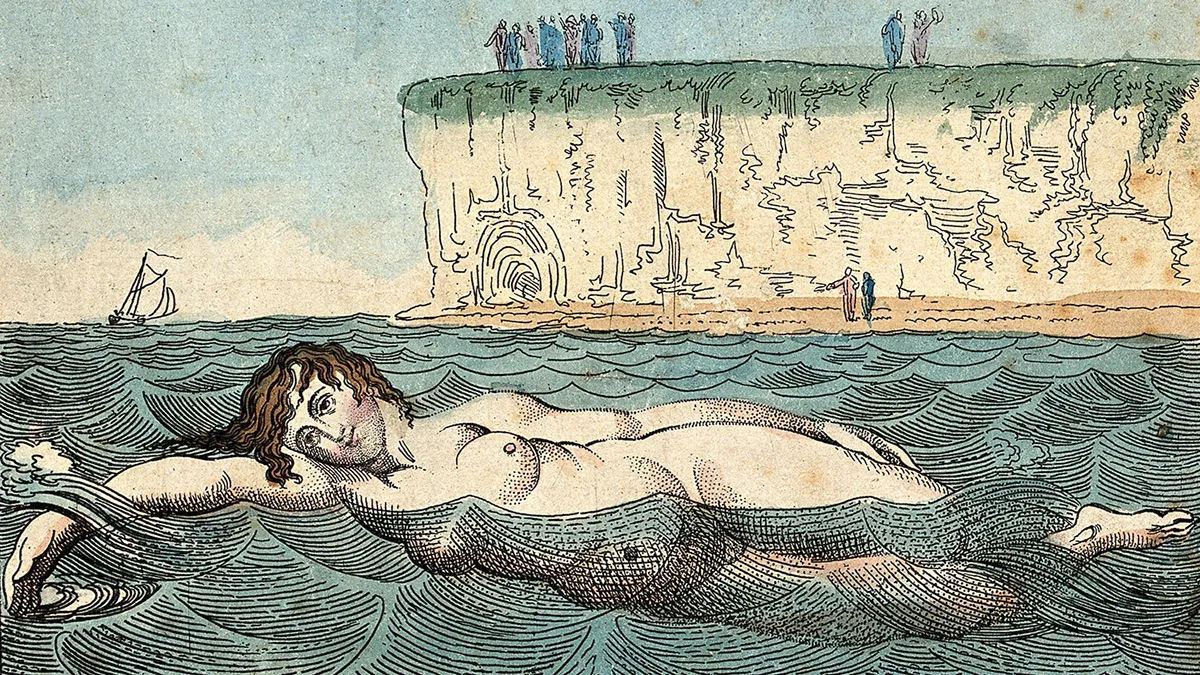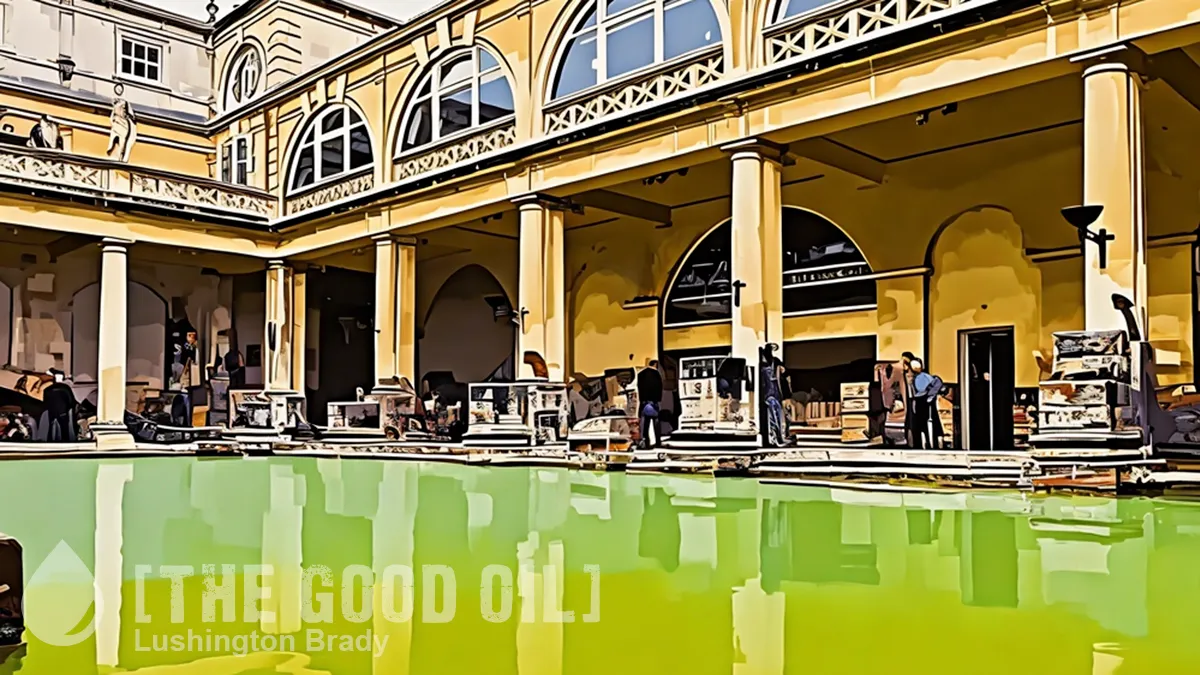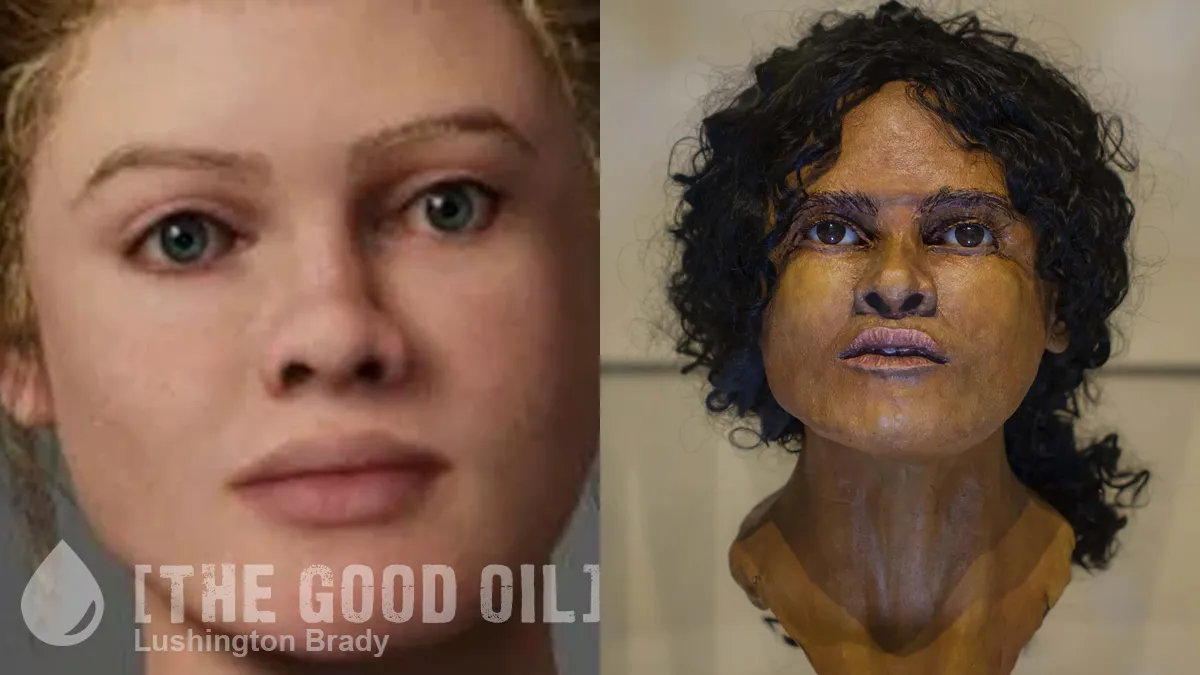Table of Contents
It’s been joked that reality TV show Bondi Rescue ought to be realistically titled the Asians Can’t Swim show. But there is real tragedy behind the jokes: many of Australia’s unprecedented spate of drownings over the last few years are recent migrants. So much so that water safety groups have called for special swimming programs for migrants.
Australia is, after all, famous for its beach culture. But Australian kids who’ve grown up with swimming lessons from their earliest years tend to take swimming for granted as an almost natural activity. Certainly, Australian swimming habits go back at least to the Aborigines, whom some early settlers recorded tossing their kids in creeks and billabongs: not to drown them, but encouraging them to learn to swim.
Classical writing and legends seem to indicate that ancient Europeans also enjoyed getting in the water. But that had all changed by the Middle Ages.
By the medieval period, the majority of Western Europeans who were not involved in harvesting aquatic resources had forgotten how to swim. Swimming itself was not forgotten – but the ability to do so hugely decreased. Bodies of water became sinister ‘otherworlds’ populated by mermaids and sea monsters. How do we explain the loss of so important a skill? Humans have never given up running, jumping or climbing, so why did so many abandon an activity that was useful to obtain food and natural resources, vital to avoid drowning and pleasurable to cool down on a hot summer’s day?
Even in late antiquity, some Roman writers were bemoaning the “kids these days” who, instead of jumping in the Tiber, had gotten too used to fancy baths and had to be taught how to swim. Roman baths encouraging soaking, but not swimming.
Even the hardy German barbarians, who had impressed their Roman adversaries with their swimming abilities, seemed to give it up once they became Latinised. It was all mollycoddling baths rather than a bracing dip in the nearest river. Not only that, but the spread of bridges and changes in agriculture meant that fewer people needed to know how to swim.
Gradually, even the Roman habit of bathing faded away. The courtiers of Versailles may have dressed to the nines, but they must have ponged to the high heavens. The Sun King’s palace was not furnished with bathrooms or toilets.
The only time even the elite took a bath was if they went to a spa for their health. Even then, they remained prudishly covered, head to foot.
The return to swimming in Western Europe was an excruciatingly slow process that began in the 16th century. Although we have no statistics for deaths by drowning in Tudor England, their number was probably greater than in the UK in the late-19th century, when between 2,264 and 3,659 people drowned annually.
Instead of teaching people to swim, authorities simply banned swimming. Anyone taking a dip in the Cam at Cambridge was liable to whippings, fines and a day in the stocks.
Oddly, it was a fellow of St John’s College, Cambridge, who published the first illustrated how-to book in English: De arte natandi (The Art of Swimming) in 1587.

But the swimming breakthrough occurred nearly a century later, when some learned men began to recommend bathing in seawater, and others, like the Enlightenment philosophers Locke and Rousseau, promoted physical exercise.
Soon, the English schools public schools of Harrow and Eton were encouraging their students to learn to swim to prevent incidences of drowning, a particular concern for Eton with its rowing tradition on the Thames. The school had designated several bathing spots as early as 1727, but not all students learned to swim. The first swimming test at the school was instituted in 1836 in response to several student drownings. In the 1780s and 90s, Harrow School taught its students to swim in the ‘Duck Puddle’ – a natural pond on the grounds of the school. In 1810 or 1811 this was superseded by a second manmade Duck Puddle – a large, unlined pool that the students shared with fish, frogs and waterfowl, which was probably the first purpose-built swimming facility at an English school.
History Today
In Germany, at the beginning of the 19th century, books on physical education for the young also promoted swimming. In America, none other than Benjamin Franklin was a swimming enthusiast.
Franklin records that he learned to swim as a boy, later studying De arte natandi to improve his technique. During his time in London, Franklin demonstrated his swimming prowess to English friends. He “stripped and leaped into the river, and swam from near Chelsea to Blackfryar’s, performing on the way many feats of activity, both upon and under water, that surpris’d and pleas’d those to whom they were novelties”.
The military of the 18th and 19th century initiated systematic programs of swimming education. The first École de Natation was opened in Paris in 1785, following a naval disaster that claimed the lives of naval and marine cadets who were unable to swim.
But the biggest spur to the revival of swimming in Europe was the railway: millions of city-dwellers were suddenly able to travel to seaside resorts. The Baths and Washhouses Acts of 1846 and 1878 enabled English municipalities to build in-ground, heated pools in urban areas.
So, after nearly 1000 years, Europeans finally learned to swim again. When millions of Europeans migrated to Australia and New Zealand, “girt by sea” with magnificent beaches, and (in Australia at least) crowded onto the coastlines, it was only natural that the great Antipodean beach culture was the outcome.
Please share this article so that others can discover The BFD









![[The Good Oil] Stuff Up of the Day](/content/images/size/w1304/format/webp/2024/09/Stuff-up-image-1.webp)